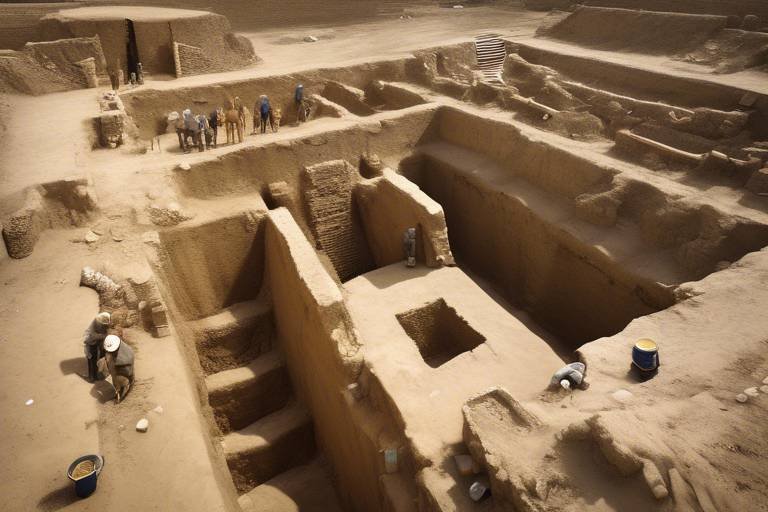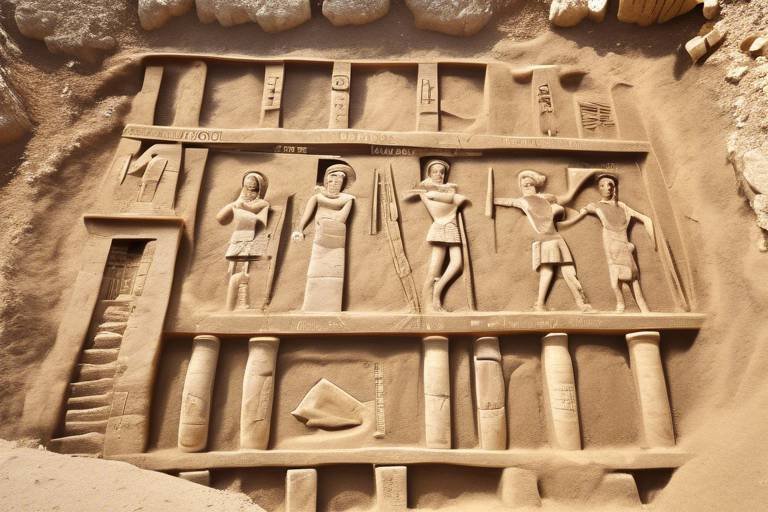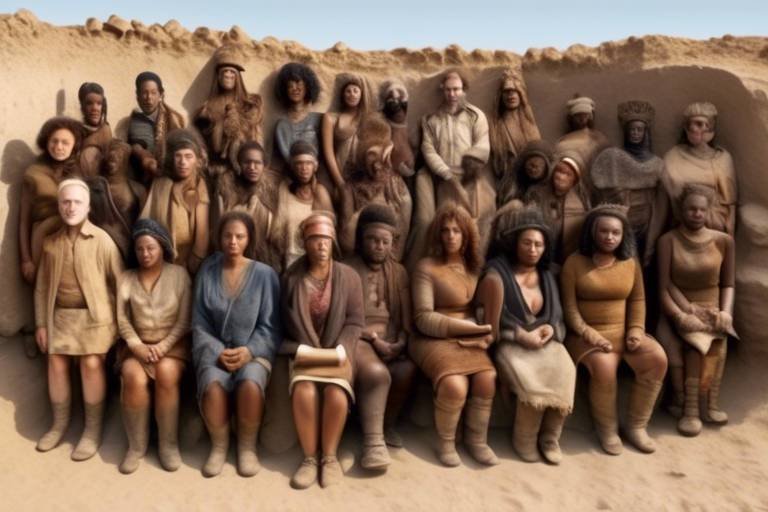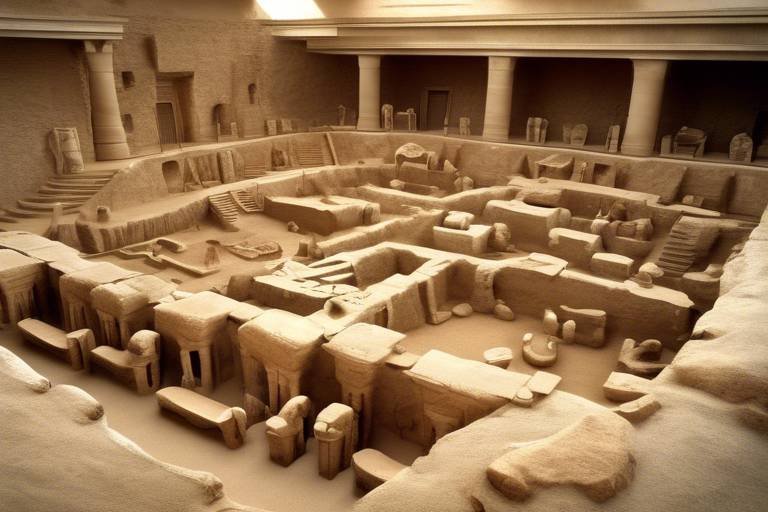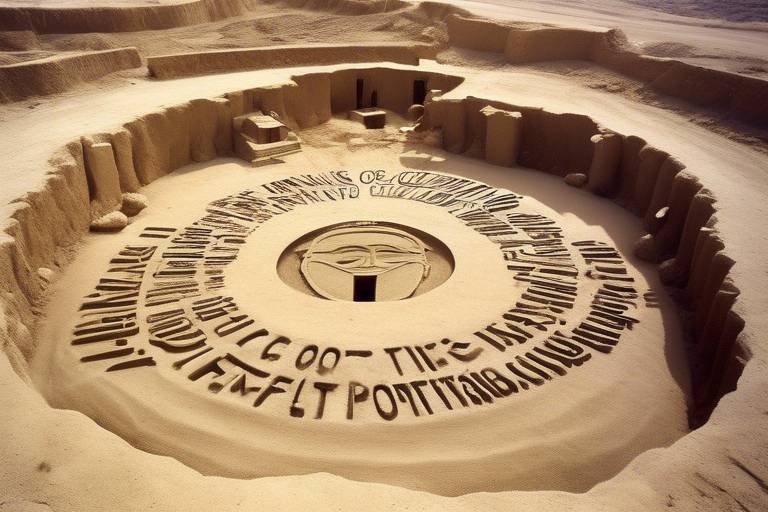The Discovery of King Tutankhamun’s Tomb
The discovery of King Tutankhamun's tomb in the Valley of the Kings is a momentous event that captivated the world with its treasure trove of ancient artifacts and mysteries waiting to be unraveled. Imagine the thrill of Howard Carter as he carefully unearthed the burial chamber, revealing the untouched resting place of the young pharaoh who ruled over Egypt more than 3,000 years ago.
Howard Carter's expedition was not without its challenges, as he meticulously excavated the tomb, navigating through layers of debris and treasures to uncover the hidden secrets of King Tutankhamun's final resting place. The process was painstaking, requiring patience and precision to preserve the delicate artifacts that lay within.
Within the tomb, a dazzling array of treasures awaited discovery, including the iconic golden mask that adorned King Tutankhamun's mummy, intricate jewelry, elaborate chariots, and a wealth of grave goods that shed light on the ancient Egyptian beliefs and customs surrounding death and the afterlife.
Among the myths and legends that emerged from the discovery was the infamous Curse of the Pharaohs, a mysterious aura of misfortune that seemed to plague those who dared to disturb the pharaoh's eternal slumber. Were the deaths and tragedies that befell some of the expedition members mere coincidence or the wrath of a vengeful ancient curse?
The legacy of King Tutankhamun extends far beyond the treasures found in his tomb, influencing Egypt's cultural heritage and tourism industry. The global fascination with the boy king sparked a renewed interest in ancient Egyptian history, shaping popular culture and inspiring countless books, movies, and exhibitions dedicated to his enigmatic reign.
Through scientific analysis and research, modern technologies have allowed us to delve deeper into King Tutankhamun's life and lineage. DNA analysis, CT scans, and other cutting-edge techniques have provided valuable insights into the pharaoh's health, ancestry, and the circumstances surrounding his untimely death at a young age.
Preserving the delicate artifacts from King Tutankhamun's tomb presents a unique set of challenges, requiring meticulous conservation efforts to protect these treasures for future generations. The fragility of the ancient relics demands careful handling and innovative methods to ensure their longevity and continued display for the public to admire.
Despite the wealth of knowledge gained from the discovery, controversies and debates continue to surround King Tutankhamun's lineage, cause of death, and the extent of his influence during his brief reign. Theories abound, offering varying perspectives on the young pharaoh's place in ancient Egyptian history and the significance of his rule.
The impact of King Tutankhamun's tomb on archaeology and Egyptology cannot be overstated, revolutionizing our understanding of ancient Egyptian civilization and royal practices. The meticulous excavation and preservation efforts have opened a window into the past, allowing us to glimpse the glory and grandeur of a bygone era.

Howard Carter’s Expedition
Howard Carter's Expedition was a monumental archaeological endeavor that captivated the world with its discovery of King Tutankhamun's tomb. In the early 20th century, Carter, along with his team, embarked on a meticulous quest in the Valley of the Kings in Egypt. Facing numerous challenges, including financial constraints and political pressures, Carter persevered in his mission to unearth the burial site of the young pharaoh.
Through careful excavation and preservation techniques, Carter slowly revealed the wonders hidden within the tomb, unveiling a treasure trove of ancient artifacts that had remained untouched for centuries. The process was akin to unraveling a mystery, with each artifact providing valuable clues about the life and death of King Tutankhamun and the beliefs of the ancient Egyptians regarding the afterlife.
One of the most iconic discoveries of Carter's expedition was the exquisite golden mask that adorned King Tutankhamun's mummy, symbolizing the wealth and power of the pharaoh in life and death. The tomb also contained intricate jewelry, elaborate chariots, and other grave goods that reflected the opulence of ancient Egyptian burial practices.
Despite the grandeur of the findings, Carter and his team were not immune to the superstitions surrounding the so-called "Curse of the Pharaohs." Several individuals involved in the excavation met untimely deaths or encountered misfortunes, fueling the myths and legends that shrouded King Tutankhamun's tomb in mystery and intrigue.
Howard Carter's Expedition not only unearthed a treasure trove of artifacts but also sparked a renewed interest in ancient Egyptian history and culture. The meticulous documentation of the excavation process and the scientific analysis of the artifacts have provided valuable insights into the life of King Tutankhamun and the practices of the ancient Egyptians.
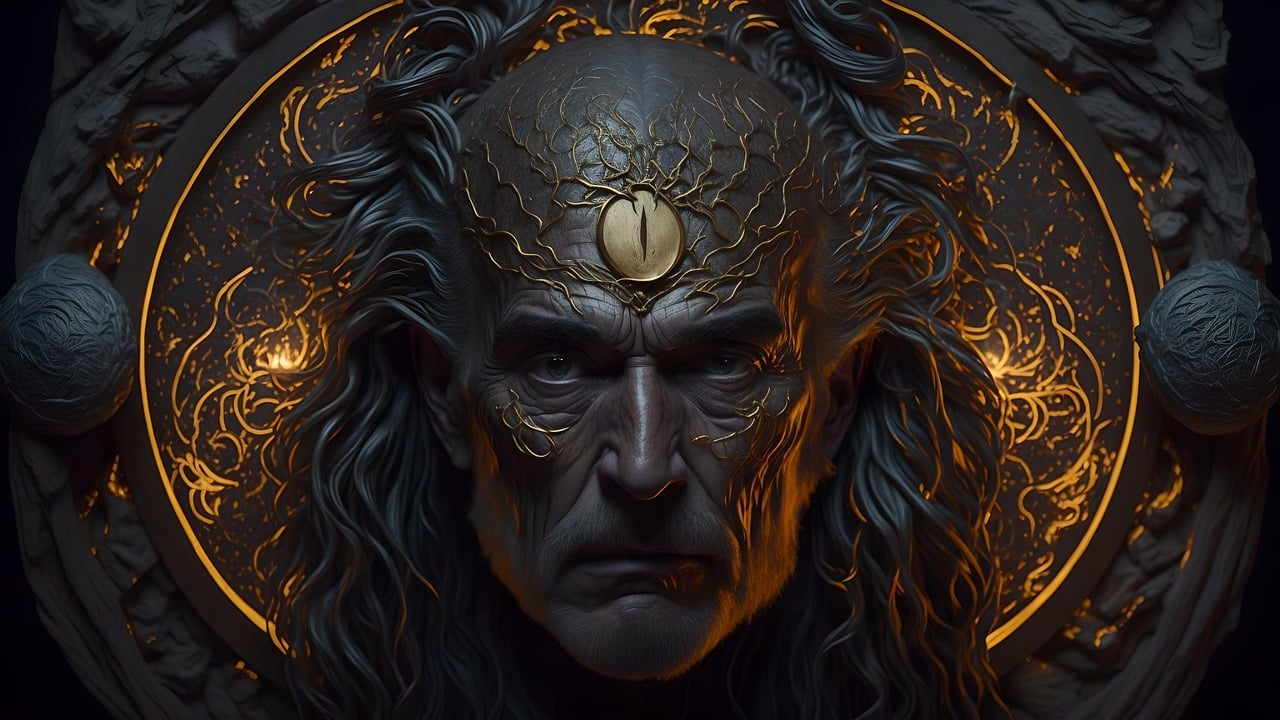
Contents of the Tomb
When exploring the contents of King Tutankhamun's tomb, one is immediately struck by the vast array of treasures and artifacts that were buried alongside the young pharaoh. The discovery of the tomb in the Valley of the Kings by Howard Carter in 1922 unveiled a treasure trove of ancient Egyptian history and culture that had remained undisturbed for centuries.
Among the most famous and iconic items found in the tomb is the stunning golden death mask of King Tutankhamun. This intricately crafted mask, adorned with precious stones and intricate details, is a symbol of the wealth and power of the ancient Egyptian pharaohs. It serves as a testament to the craftsmanship and artistry of the artisans of that time.
Additionally, the tomb contained a wealth of jewelry, including elaborate necklaces, bracelets, and rings, all made with exquisite craftsmanship and attention to detail. These pieces not only served as adornments for the pharaoh in the afterlife but also provided valuable insights into the fashion and style of ancient Egyptian royalty.
Furthermore, the tomb held chariots, furniture, statues, and other grave goods that were meant to accompany King Tutankhamun on his journey to the afterlife. These items not only reflected the wealth and status of the pharaoh but also shed light on the religious beliefs and burial practices of the ancient Egyptians.
Each artifact found in King Tutankhamun's tomb tells a story, offering a glimpse into the life and reign of the boy king who ascended the throne at a young age. The meticulous preservation and study of these treasures have provided invaluable insights into ancient Egyptian history, art, and culture, captivating the world with their beauty and historical significance.

The Curse of the Pharaohs
Have you ever heard of the infamous Curse of the Pharaohs? This mysterious and chilling legend has long captivated the minds of historians, archaeologists, and enthusiasts alike. The Curse of the Pharaohs is a supposed curse believed to be cast upon anyone who disturbs the rest of an ancient Egyptian mummy or tomb, particularly that of a pharaoh. It is said that those who dare to desecrate these sacred sites will face a series of misfortunes and even death.
As the excavation of King Tutankhamun's tomb unfolded, so did the tales of tragedy and doom that surrounded it. Rumors of strange occurrences, unexplained deaths, and inexplicable illnesses plagued the individuals involved in the discovery. From mysterious accidents to sudden illnesses, the curse seemed to spare no one who dared to uncover the secrets hidden within the tomb.
Despite being dismissed by skeptics as mere coincidence, the Curse of the Pharaohs continues to intrigue and haunt the imagination of many. Could it be a cautionary tale woven through the annals of history, warning against the disturbance of ancient resting places? Or is it simply a case of superstition and fear manifesting in the face of the unknown?
Regardless of one's beliefs, the Curse of the Pharaohs adds an aura of mystique and danger to the already fascinating story of King Tutankhamun's tomb. It serves as a reminder of the power and mysticism attributed to the ancient Egyptian pharaohs, whose legacy continues to echo through the corridors of time.
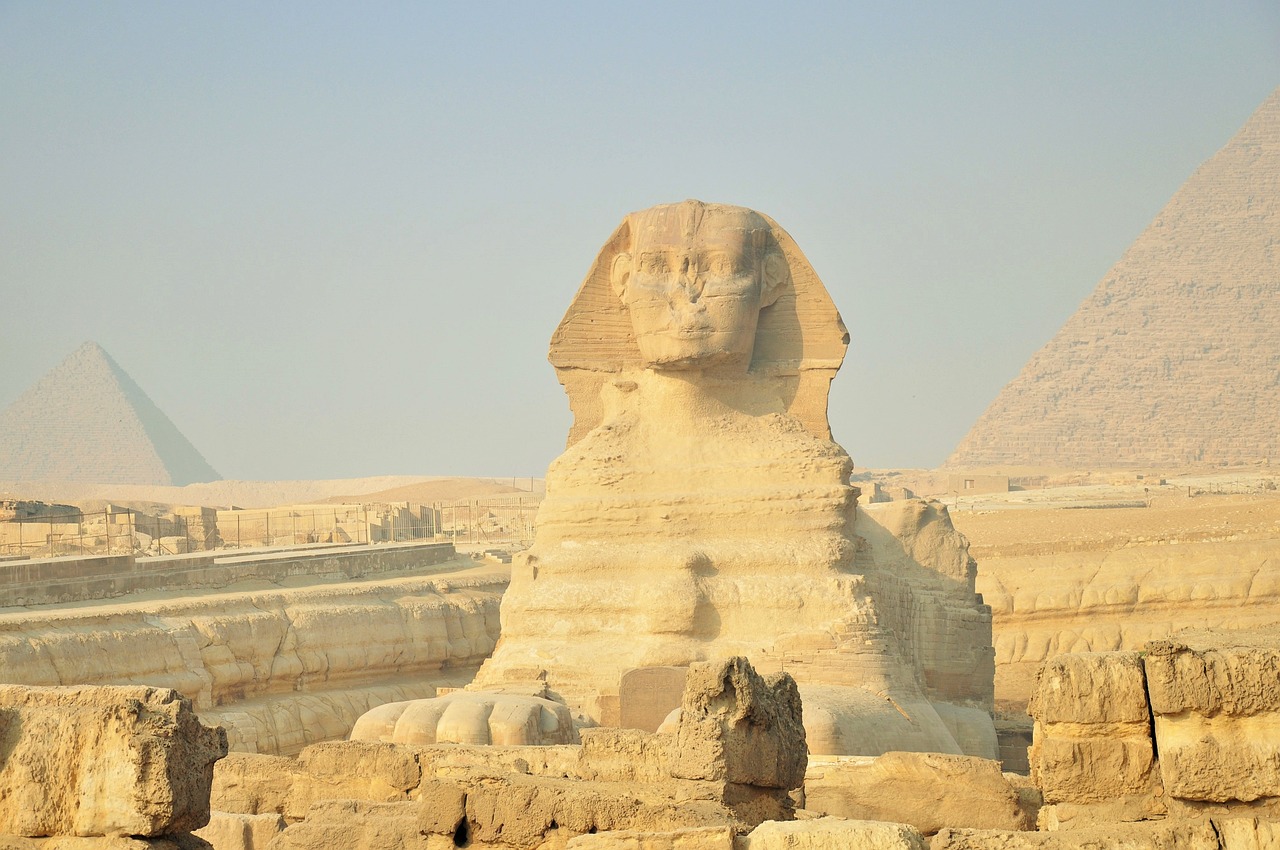
Legacy of King Tutankhamun
King Tutankhamun's legacy is a captivating tale that transcends time, leaving an indelible mark on Egypt's cultural heritage and the world's fascination with ancient history. The discovery of his tomb in the Valley of the Kings by Howard Carter in 1922 unveiled a treasure trove of artifacts that not only shed light on ancient Egyptian burial practices but also sparked a renewed interest in the mysteries of the pharaohs.
The golden mask of King Tutankhamun, crafted with exquisite detail and symbolic significance, stands as a testament to the craftsmanship and artistry of the ancient Egyptians. This iconic artifact, along with the plethora of jewelry, chariots, and other grave goods found in the tomb, continues to mesmerize visitors at the Egyptian Museum in Cairo and traveling exhibitions around the world.
Moreover, the legacy of King Tutankhamun extends beyond the realm of archaeology and into popular culture, inspiring countless books, movies, and documentaries that seek to unravel the enigma of the boy king. His reign, though brief and overshadowed by his more illustrious predecessors, has become a symbol of Egypt's glorious past and a beacon of hope for future generations.
The impact of King Tutankhamun's discovery on Egypt's tourism industry cannot be overstated. The influx of visitors eager to catch a glimpse of the pharaoh's treasures has bolstered the country's economy and reaffirmed its status as a premier destination for history enthusiasts worldwide. The allure of ancient Egypt, embodied by the young king's legacy, continues to draw travelers from far and wide, ensuring that his story will endure for generations to come.
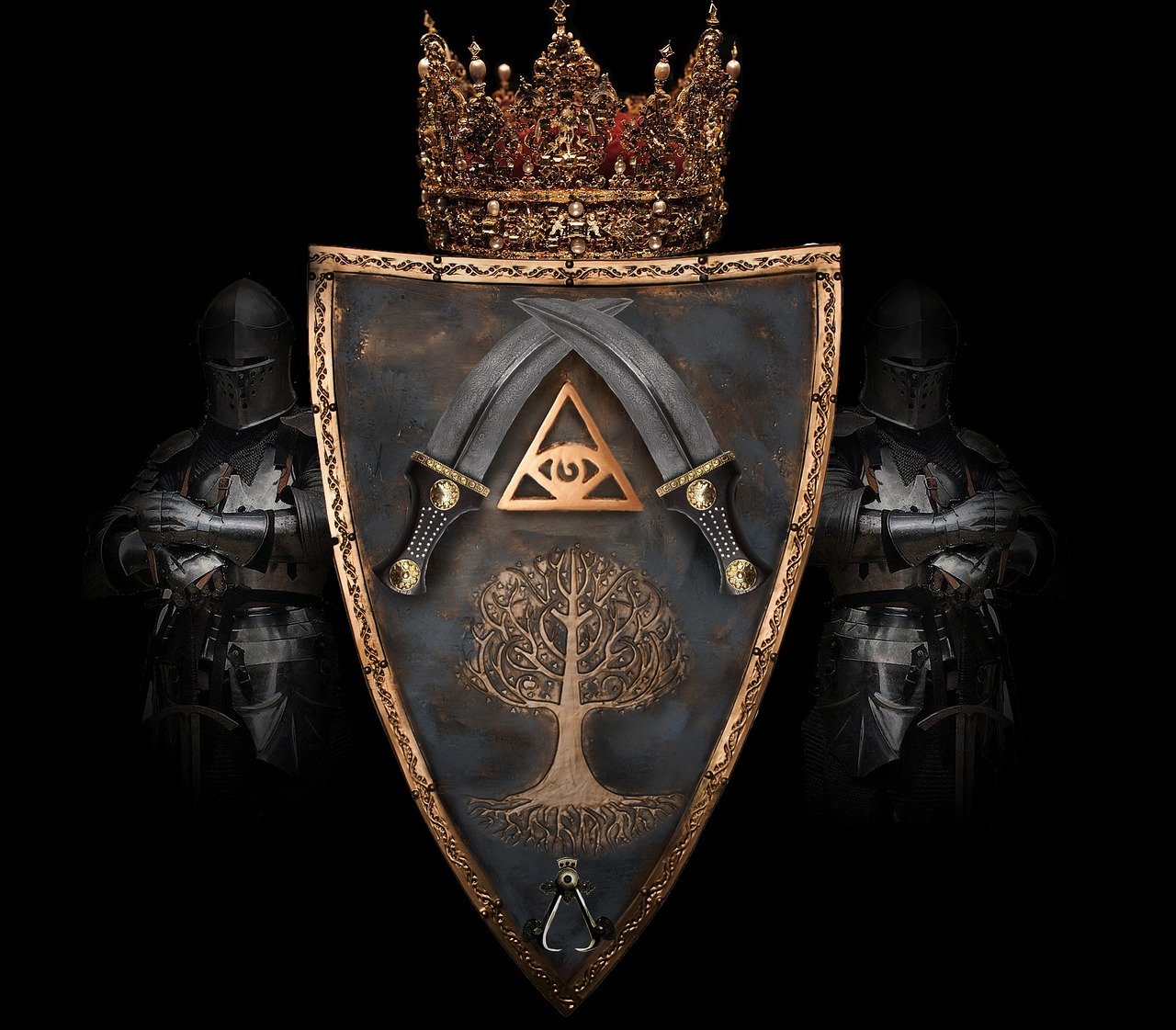
Scientific Analysis and Research
When it comes to the scientific analysis and research of the artifacts discovered in King Tutankhamun's tomb, the journey of unraveling the mysteries of ancient Egypt becomes even more intriguing. Modern technologies have played a crucial role in shedding light on the life and lineage of this enigmatic pharaoh. Through meticulous DNA analysis, researchers have been able to trace King Tutankhamun's ancestry and connections to other members of the royal family.
Furthermore, the utilization of CT scans has allowed experts to peer inside the intricate burial chambers and examine the mummified remains and artifacts in unprecedented detail. These advanced imaging techniques have revealed valuable insights into the pharaoh's health, age at death, and possible causes of his untimely demise. By studying the materials and construction of the artifacts, scientists have gained a deeper understanding of the craftsmanship and technological advancements of ancient Egyptian civilization.
Collaborations between archaeologists, historians, geneticists, and other specialists have led to groundbreaking discoveries that continue to reshape our understanding of King Tutankhamun's reign and the broader context of ancient Egyptian history. The marriage of traditional archaeological methods with cutting-edge scientific research has opened new avenues for exploration and interpretation, fueling ongoing debates and inquiries into the legacy of this legendary pharaoh.

Conservation and Preservation Efforts
Conservation and preservation efforts surrounding King Tutankhamun's tomb have been paramount in ensuring the protection of the invaluable artifacts discovered within. The delicate nature of these ancient treasures has posed significant challenges in maintaining their integrity for future generations to appreciate. Archaeologists and conservators have employed various techniques and technologies to safeguard the artifacts from deterioration and damage.
One of the key conservation methods utilized is controlled environmental conditions within the display areas and storage facilities. Maintaining specific temperature and humidity levels helps prevent the degradation of organic materials such as wood, textiles, and leather found in the tomb. Additionally, proper lighting and ventilation systems are in place to minimize exposure to harmful elements that could accelerate the deterioration process.
Conservationists also employ specialized cleaning and stabilization techniques to address the fragile state of certain artifacts. For instance, intricate jewelry pieces and fragile textiles require meticulous care to prevent structural weakening or discoloration over time. Advanced imaging technologies, such as laser scanning and 3D modeling, aid in documenting the condition of artifacts and monitoring any changes that may occur.
Furthermore, ongoing research and analysis play a crucial role in guiding conservation efforts. Scientific studies, including material analysis and chemical testing, help identify the composition of artifacts and determine the most suitable conservation methods. Collaboration with experts in fields such as chemistry, archaeology, and art conservation ensures a holistic approach to preserving King Tutankhamun's legacy.
In addition to conservation measures, education and public outreach initiatives are essential in raising awareness about the importance of cultural heritage preservation. Museums and institutions responsible for the care of King Tutankhamun's artifacts engage in educational programs and exhibitions to highlight the significance of these ancient treasures and the efforts undertaken to protect them.
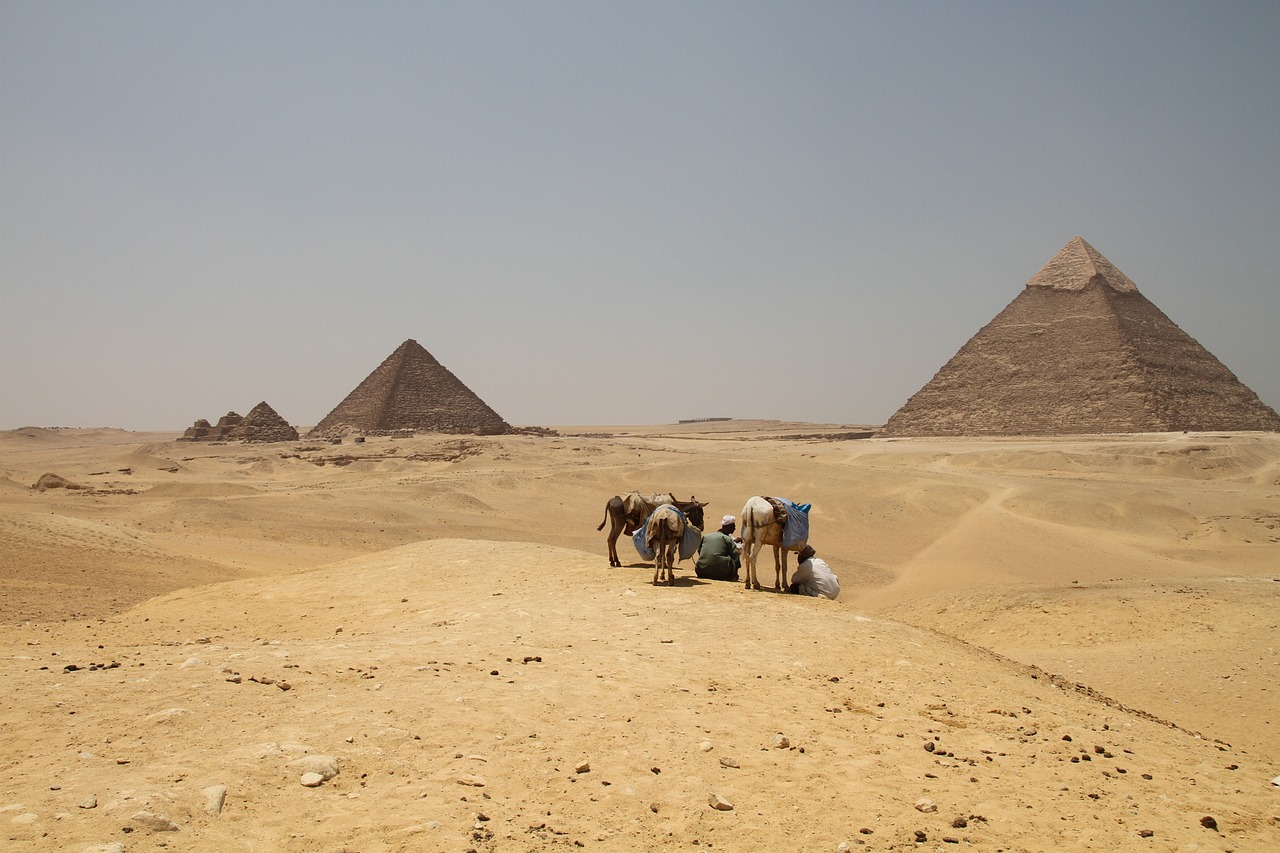
Controversies and Debates
When it comes to the legacy of King Tutankhamun, controversies and debates have always surrounded this enigmatic pharaoh. One of the most prominent debates revolves around Tutankhamun's lineage and his familial connections within the royal bloodline of ancient Egypt. Scholars and researchers have delved into the intricate genealogy of the pharaoh, trying to unravel the mysteries of his ancestry and the potential implications on his reign.
Another contentious issue that has sparked heated discussions among Egyptologists is the cause of Tutankhamun's untimely death. While some theories suggest that he died due to natural causes or an illness, others propose more sinister scenarios, including foul play or assassination. The lack of definitive evidence has fueled ongoing debates, keeping the mystery shrouded in speculation and intrigue.
Furthermore, the significance of King Tutankhamun's reign in ancient Egyptian history remains a subject of debate. Some argue that his rule was overshadowed by more powerful pharaohs of the time, suggesting that Tutankhamun's impact on the political landscape of Egypt was limited. On the contrary, proponents of Tutankhamun emphasize his role in restoring traditional religious practices and stabilizing the kingdom after the tumultuous reign of his predecessors.
Moreover, the authenticity of certain artifacts found in King Tutankhamun's tomb has been a point of contention among experts. Questions have been raised regarding the provenance and originality of some items, leading to debates over their inclusion in the pharaoh's funerary goods. The meticulous scrutiny of these artifacts continues to fuel scholarly discussions and disagreements within the archaeological community.
In conclusion, the controversies and debates surrounding King Tutankhamun's legacy add layers of complexity to our understanding of this iconic figure in ancient Egyptian history. As new discoveries and research shed light on the enigmas of the past, the debates surrounding Tutankhamun's life, death, and reign will undoubtedly persist, keeping the fascination with the boy king alive for generations to come.
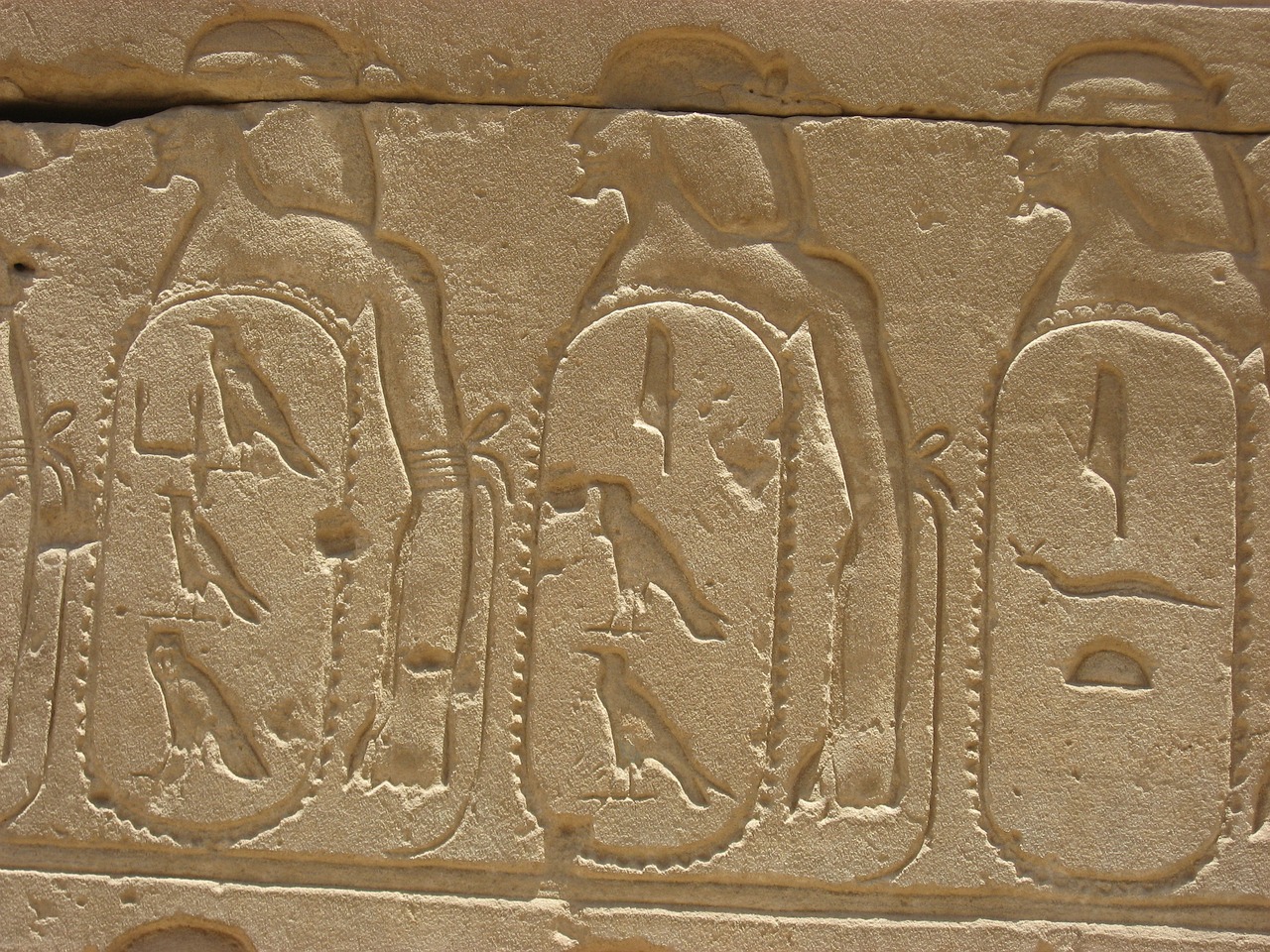
Impact on Archaeology and Egyptology
King Tutankhamun's tomb discovery had a profound impact on the fields of archaeology and Egyptology, reshaping our understanding of ancient Egyptian civilization and royal practices. The unearthing of the young pharaoh's tomb provided invaluable insights into the burial customs, religious beliefs, and artistic achievements of the ancient Egyptians. Archaeologists and Egyptologists were able to study the artifacts and treasures found within the tomb, shedding light on the opulence and sophistication of the Egyptian society during that period.
Furthermore, the discovery of King Tutankhamun's tomb sparked a renewed interest in ancient Egyptian history and culture worldwide. It inspired a wave of archaeological expeditions and research projects aimed at uncovering more secrets of the past. The artifacts from the tomb were meticulously studied and cataloged, contributing to the development of new theories and interpretations about the pharaoh's life, reign, and legacy.
Moreover, the discovery of King Tutankhamun's tomb fueled advancements in scientific analysis and research techniques. Modern technologies such as DNA analysis and CT scans were employed to study the mummified remains and artifacts, providing valuable data about the pharaoh's health, lineage, and cause of death. These scientific investigations not only deepened our understanding of King Tutankhamun's life but also helped to refine our knowledge of ancient Egyptian society.
Additionally, the legacy of King Tutankhamun continues to impact the conservation and preservation efforts in the field of archaeology. The fragile artifacts and treasures from the tomb require special care and attention to prevent deterioration and ensure their longevity. Conservationists and experts work tirelessly to protect and safeguard these precious relics, balancing the need for public display with the imperative of long-term preservation.
In conclusion, the discovery of King Tutankhamun's tomb stands as a pivotal moment in the history of archaeology and Egyptology. It has not only expanded our knowledge of ancient Egypt but also inspired a new generation of researchers and enthusiasts to explore the mysteries of the past. The legacy of King Tutankhamun continues to captivate the world, serving as a testament to the enduring fascination with the wonders of the ancient world.
Frequently Asked Questions
- What is the significance of King Tutankhamun's tomb discovery?
The discovery of King Tutankhamun's tomb is significant because it provided a wealth of insights into ancient Egyptian burial practices, art, and culture. It also shed light on the opulence and wealth of the pharaohs during the New Kingdom period.
- What were some of the treasures found in King Tutankhamun's tomb?
Some of the treasures found in King Tutankhamun's tomb include the iconic golden death mask, jewelry, chariots, furniture, and other grave goods. These artifacts not only showcased the craftsmanship of the ancient Egyptians but also revealed details about the pharaoh's life and reign.
- Is there any truth to the Curse of the Pharaohs associated with King Tutankhamun's tomb?
The Curse of the Pharaohs is a myth surrounding the deaths and misfortunes that allegedly befell those involved in the excavation of King Tutankhamun's tomb. While some deaths did occur, they can be attributed to natural causes rather than a supernatural curse.
- How did the discovery of King Tutankhamun's tomb impact archaeology and Egyptology?
The discovery of King Tutankhamun's tomb had a profound impact on archaeology and Egyptology by revolutionizing our understanding of ancient Egyptian history and royal practices. It also sparked a renewed interest in the field and led to advancements in scientific research and conservation efforts.





